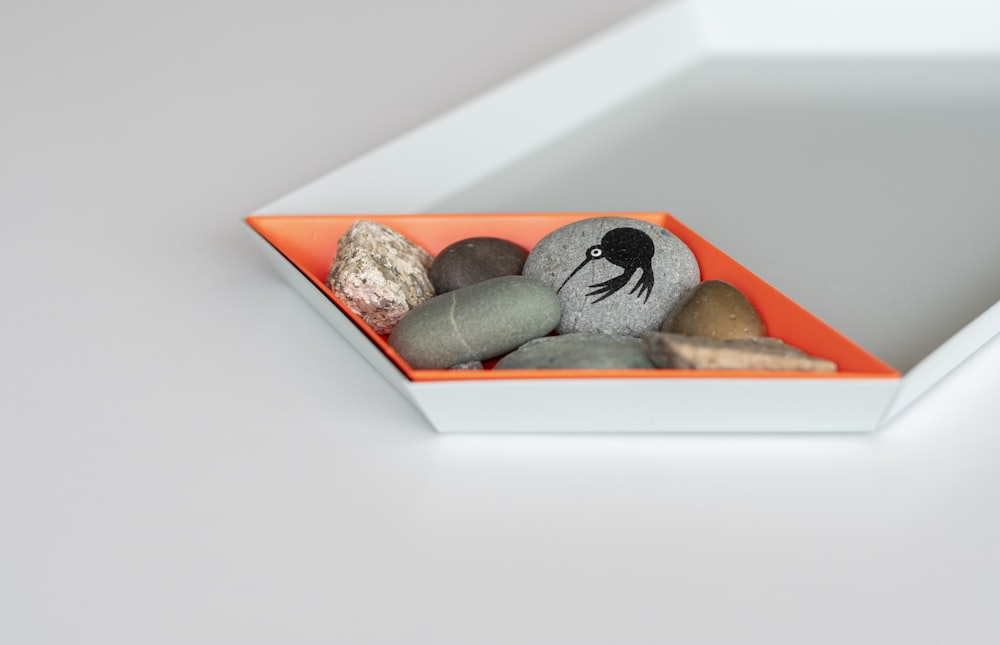Exploring the Zen Haven: Crafting Minimalist Interior Sanctuaries
In today’s fast-paced world, finding solace within the confines of our homes has become increasingly essential. Amidst the chaos of everyday life, many seek refuge in minimalist interior design, where simplicity meets tranquility. Enter the concept of a Zen haven – a space meticulously crafted to evoke a sense of calm and serenity. Let’s delve into the art of crafting minimalist interior sanctuaries inspired by Zen principles.
Understanding Zen Philosophy in Interior Design
At the heart of Zen-inspired interior design lies a profound philosophy rooted in simplicity, mindfulness, and harmony with nature. Zen principles advocate for the removal of excess clutter to create a serene environment conducive to relaxation and introspection. By embracing minimalism, we aim to strip away distractions and cultivate a sense of clarity and peace within our living spaces.
Embracing Minimalist Aesthetics
In crafting a Zen haven, the focus is not merely on decluttering but on purposeful design choices that evoke a sense of tranquility. Minimalist aesthetics emphasize clean lines, neutral color palettes, and uncluttered spaces. Each element serves a specific function while contributing to the overall sense of balance and harmony. By carefully curating our surroundings, we invite a sense of calm into our lives.
Creating Space for Mindfulness
In a world inundated with stimuli, carving out space for mindfulness becomes paramount. A Zen sanctuary encourages us to embrace the present moment and engage in mindful living. By removing unnecessary distractions and incorporating elements such as meditation nooks or Zen gardens, we cultivate an environment conducive to introspection and self-reflection. Our homes become more than just living spaces – they become sanctuaries for the soul.
Harmonizing Elements of Nature
Central to Zen philosophy is the notion of interconnectedness with nature. In crafting minimalist interior sanctuaries, we draw inspiration from the natural world, integrating elements such as wood, stone, and water. These organic materials not only lend warmth and texture to our spaces but also foster a deeper connection to the world around us. Through thoughtful design, we invite the serenity of nature into our homes.
Prioritizing Functionality and Simplicity
In the pursuit of minimalism, functionality reigns supreme. Every piece of furniture and decor serves a purpose, free from unnecessary adornment or excess. By embracing simplicity in design, we maximize space and functionality while minimizing distractions. A clutter-free environment allows for greater ease of movement and fosters a sense of calm and orderliness.
Cultivating Serenity Through Lighting and Texture
Lighting plays a crucial role in shaping the ambiance of a Zen sanctuary. Soft, diffused lighting promotes relaxation and creates a soothing atmosphere. Additionally, incorporating natural textures such as linen, cotton, and bamboo adds depth and tactile appeal to our spaces. By engaging multiple senses, we enhance the overall sensory experience and deepen our connection to our surroundings.
Fostering a Sense of Tranquility
Ultimately, the goal of crafting a Zen haven is to foster a sense of tranquility that permeates every aspect of our lives. By embracing minimalist interior design principles inspired by Zen philosophy, we create spaces that nurture both body and soul. Our homes become havens of peace and rejuvenation, offering respite from the chaos of the outside world. In the pursuit of simplicity, we discover the profound beauty of minimalism. Read more about zen minimalist interior design

